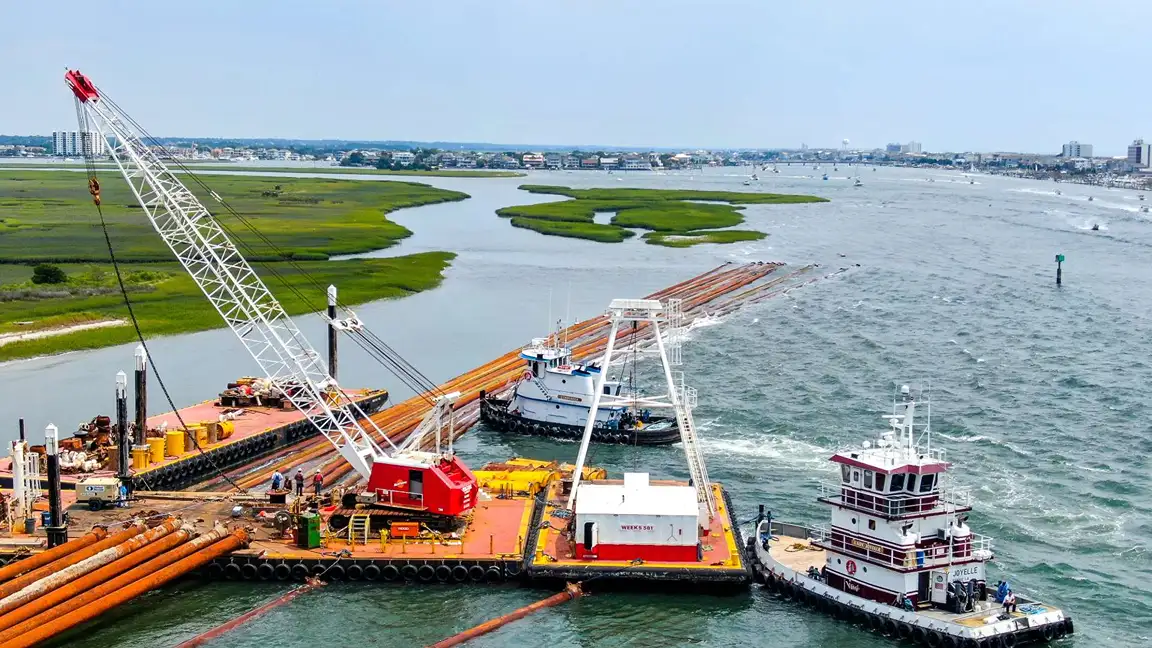Introduction
A proposed gold-dredging project in a biologically rich and culturally significant region of Alaska is facing mounting opposition from local Indigenous tribes. The controversy centers around a recently reissued permit by the U.S. Army Corps of Engineers for dredging in the Bonanza Channel, located about 20 miles east of Nome. Three Alaska Native tribes have filed a federal lawsuit, arguing that the project threatens vital subsistence resources, cultural practices, and the fragile ecosystem of the region.
Background of the Dredging Project
The project, aimed at dredging for gold in the Bonanza Channel—part of the Safety Sound estuarine complex—was initially denied a wetlands-fill permit by the Corps in 2022 due to environmental concerns. However, in March 2024, that decision was reversed, and the Corps granted the permit. The dredging operation would involve disturbing a sensitive wetland area fed by four rivers and known for its biological diversity.
Safety Sound and the Bonanza Channel are more than geographic features—they are essential lifeways for local Indigenous populations who rely on the area for fishing, hunting, and gathering.
Tribal Opposition and Legal Action
The Village of Solomon, Native Village of Council, and King Island Native Community filed their lawsuit on April 10 in U.S. District Court in Anchorage. Represented by the environmental law firm Earthjustice, the tribes argue that the Corps acted unlawfully in approving the permit. They contend that the project would cause irreversible harm to their traditional territories and lifeways, and that federal agencies had previously identified significant flaws in the proposed plan.
Tribal leaders have been vocal in their opposition, stating that the Bonanza Channel is not only a subsistence resource but a part of their cultural identity. “This land and its waters are who we are,” said Kirsten Timbers, president of the Village of Solomon.
Environmental Concerns Raised
The environmental implications of the dredging project are substantial. Safety Sound is home to a wide variety of fish, migratory birds, and marine mammals. It supports the delicate ecological balance that sustains both biodiversity and subsistence traditions.
Federal agencies like the National Marine Fisheries Service previously raised red flags about the dredging plan, citing risks to aquatic habitats and wildlife. Disruption of this area could impact the breeding and feeding grounds of several species and cause long-term ecological damage. Additionally, dredging activities can release buried contaminants, alter water flow, and increase sedimentation—affecting the water quality and aquatic life.
Regulatory and Permit Timeline
The legal wrangling over this project dates back several years. After the U.S. Army Corps of Engineers denied the initial permit in 2022, the reversal in 2024 sparked outrage from environmental groups and tribal entities. Complicating the situation, the Alaska Division of Mining, Land and Water denied a separate land-use permit in March 2024, stating that the company’s reclamation plan was inadequate.
While the land-use permit denial currently halts the project, the Clean Water Act permit issued by the Corps remains in effect through 2030 unless overturned by the courts. This long-term validity has prompted the tribes to act swiftly in challenging the decision before any physical work begins.
Cultural and Subsistence Significance of the Area
The Bonanza Channel and surrounding wetlands are deeply intertwined with the Indigenous way of life. For generations, Alaska Native communities have relied on the area for salmon fishing, bird hunting, egg collecting, berry picking, and seal hunting. These activities are not merely practical—they are ceremonial, communal, and vital to cultural survival.
Tribal members assert that disturbing this ecosystem would not only disrupt food sources but would also erode ancestral knowledge and traditions that have been passed down through generations.
Wider Implications for Environmental Policy and Tribal Rights
This legal dispute is emblematic of broader tensions between industrial development and Indigenous rights in Alaska and across the U.S. As federal and state agencies continue to evaluate large-scale resource extraction projects, the concerns of Indigenous communities are gaining increased recognition and legal support.
The case also highlights the growing role of environmental law firms and advocacy groups in ensuring that Indigenous voices are heard in environmental decision-making processes. The outcome of this lawsuit could influence how similar projects are evaluated in the future, especially those proposed in sensitive ecological zones with cultural importance.
Conclusion
The challenge to the Bonanza Channel dredging permit represents a critical moment in the ongoing effort to protect Alaska’s unique ecosystems and uphold Indigenous sovereignty. While development and resource extraction continue to be pillars of the state’s economy, they must be weighed carefully against the rights of communities who depend on the land and water for their survival.
As the legal process unfolds, the tribes remain committed to defending the integrity of their homeland and the legacy of stewardship that has sustained it for centuries.
